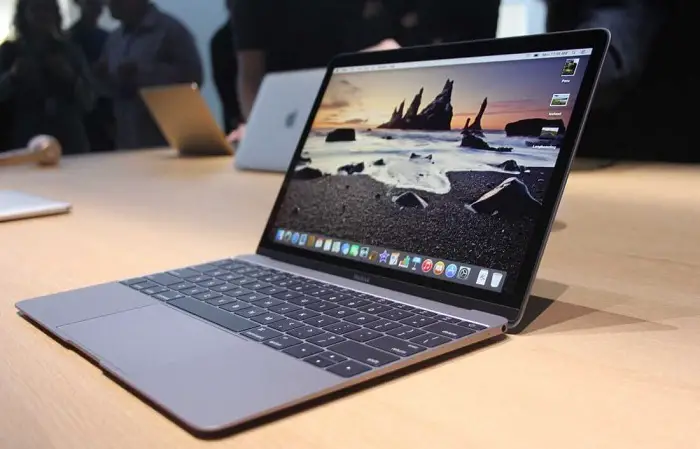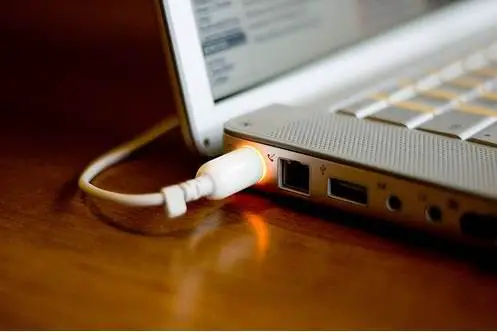In case you have purchased a new computer with Windows or macOS recently, it may not always be a good idea to use it exactly as is. There are some things that you can change which contribute to the speed and security of the machine down the line. While setting up a Mac or a Windows computer is quite easy, there are some key fundamental differences between the process of doing it on both of these computers.
It can be tempting to just turn your new computer on, and get it over with the initial setup. But, most of the time keeping a track of the details that show up during this process, and making a few tweaks to them is the best choice. In this article, we will take a look at the key differences between the initial setup process in Windows and Mac computers, and help you to do the same simply and intuitively.

Initial Setup Differences: Mac & Windows Computers
The setup experience in both operating systems is well polished. If you have an active internet connection during the setup process, then you can set up your accounts at this stage on both OSs. Let’s take an elaborate look at the setup process on Mac and Windows computers, and highlight the differences between them.
Mac
First of all, you will have to choose your region by specifying a country. This will automatically detect the language for you, and make changes to the time zones, dates, and currency that will be used. You can also specify whether you want AM/PM or 24-hour time formats.
Next, you’ll either have to connect to a Wi-Fi network or Ethernet adapter for continuing the setup process. But, if you don’t have an internet connection at the moment, you can continue with this process offline. You will also get the option to log in to your iCloud account by either creating a new ID or logging in to an existing one. Having an Apple ID allows you to access many different services offered by the company, and keep your information synchronized between them.
You also need to set up a new username and password during this process. But you can always remove the password at a later point in case you don’t need to use it from the user and groups setting. The options to control your privacy are also there, as you can either opt-in or out of sending diagnostics and usage data at this point.
Next, you can enable Siri, Apple’s automated assistant, if you need it. If you are setting up a MacBook, you can also add your fingerprint using Touch ID at this stage. This should conclude the initial setup process in a Mac computer.
Windows
New versions of Windows offer a very simplified and polished new setup wizard while turning the computer on for the first time. You have four categories that you need to go through – Basics, Network, Account, and Services.
The ‘Basics’ part of the setup is quite similar to macOS. You will need to select your region in the form of your country and then connect to an active internet connection from the ‘Network’ tab. After this, you’ll need to either log in or create a new Microsoft account. Note that if you don’t have an internet connection at this point, you’ll only be able to create a local account.
Once done, Windows will take you to the final ‘Service’ tab. Here you can choose whether or not to enable Microsoft’s assistant, Cortana. Also, you get a list of several different privacy settings that you can toggle according to your requirements. Some of the options are essential for Cortana to work, but can be disabled if you don’t plan on using it. This concluded the initial setup process in a Windows computer.
Removing Bloatware: Mac & Windows Computers
Mac
Unlike Windows computers, Mac computers have absolutely no bloatware that needs to be removed. Some proprietary software from Apple, like Garageband, Keynote, and others can be manually deleted if you don’t plan on using them.
Windows
On Windows PCs, most manufacturers include their software and other bloatware that are best removed for better performance and reliability. Thankfully, Windows has a built-in feature that lets you reinstall Windows with all the extra apps removed. Before version 2004, this feature was known as the “Fresh Start” tool. But, with the latest versions, this feature has been built into the ‘Reset’ options.
Enabling Security Features: Mac & Windows Computers
Mac
Generally, due to the complex runtime protections offered by Apple in macOS, and the enhanced security features of the new M1 chips, Mac computers are almost fully secure from malware attacks. There’s also an option to encrypt your files using FileVault 2 with XTS-AES 128 bit encryption, which makes sure they cannot be used by third parties. Hence, getting an antivirus on Mac is not a popular option. But if someone does need that level of security, there are many options of antivirus programs to choose from.
Windows
On Windows PCs, malware attacks are very common due to their overall popularity and the huge user base. The built-in solution in Windows for security has improved a lot over the span of several updates. Now, using Windows security as an alternative to dedicated antivirus programs is a viable option.
But, to get the most secure environment from your Windows PC, it can be a good idea to install a third-party anti-malware and firewall software. Windows security is also compatible with most third-party antivirus tools. It disables the in-built security solution to give control to the third-party antivirus. This is done to minimize compatibility issues and keep your system secure.
Backups and Updates: Mac & Windows Computers
Mac
Updates on your Mac computer can be accessed through the macOS app store. It is crucial to keep your operating system updated to be safe from new types of malware and keep your hardware running at its full potential. On a Mac computer, you will always be notified of new updates and you get the option to choose whether you want to install them or not.
The ‘Time Machine’ feature included with Macs enables you to create automatic backups to a selected backup storage. The ideal storage size of the backup device should be at least twice as big as the primary storage. These backups can also be used to set up new Mac devices easily.
Windows
Windows updates work similarly to macOS updates. You can access the updates through the settings app in Windows, and there are options to pause updates for specific periods if you need to. Also, Windows updates come in several shapes and sizes. Most of them are software, driver, and security updates. But, you get a couple of full feature updates every year that bring the latest functionality to the operating system.
There are also several backup features built into Windows that work similarly to Mac devices. The most comprehensive backup that you can make in this operating system is a ‘system image’. You’ll need to connect any storage device of similar or more capacity than your current storage and choose to create a system image from the ‘Backup and Restore’ options in Settings.
Conclusion
The computer you choose to buy depends on your particular needs, and Windows and Mac computers are the most common and polished options to get. Setting up a new computer is not a difficult task, and can be easily done by following the initial setup process. However, there are some key differences between setting up a Windows and a Mac computer, and we hope we have cleared any doubts that you may have had regarding this topic.
[Image via: Google Images]



